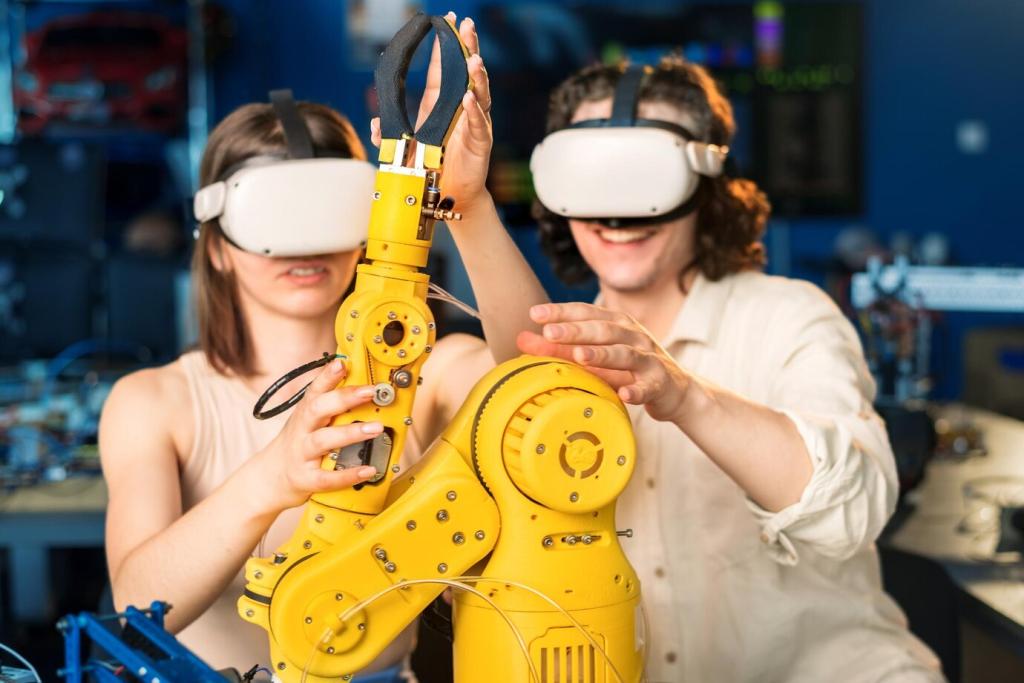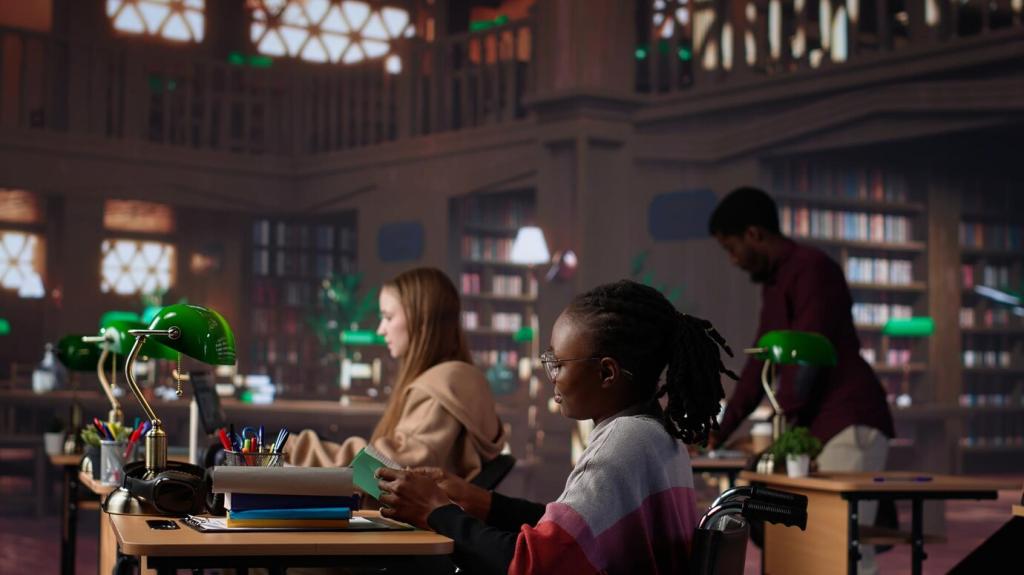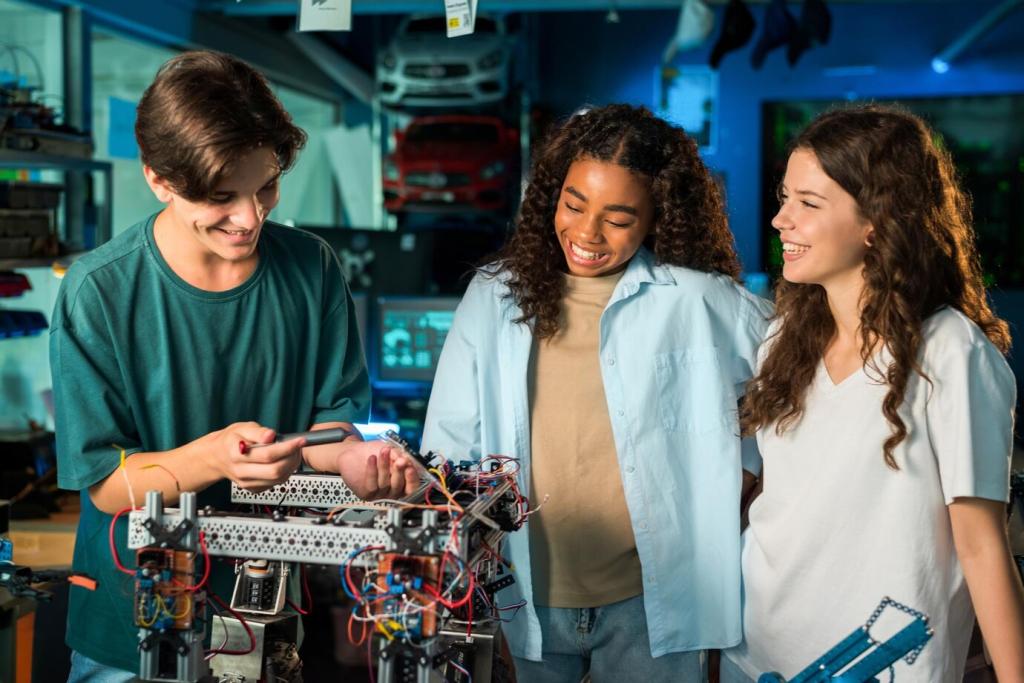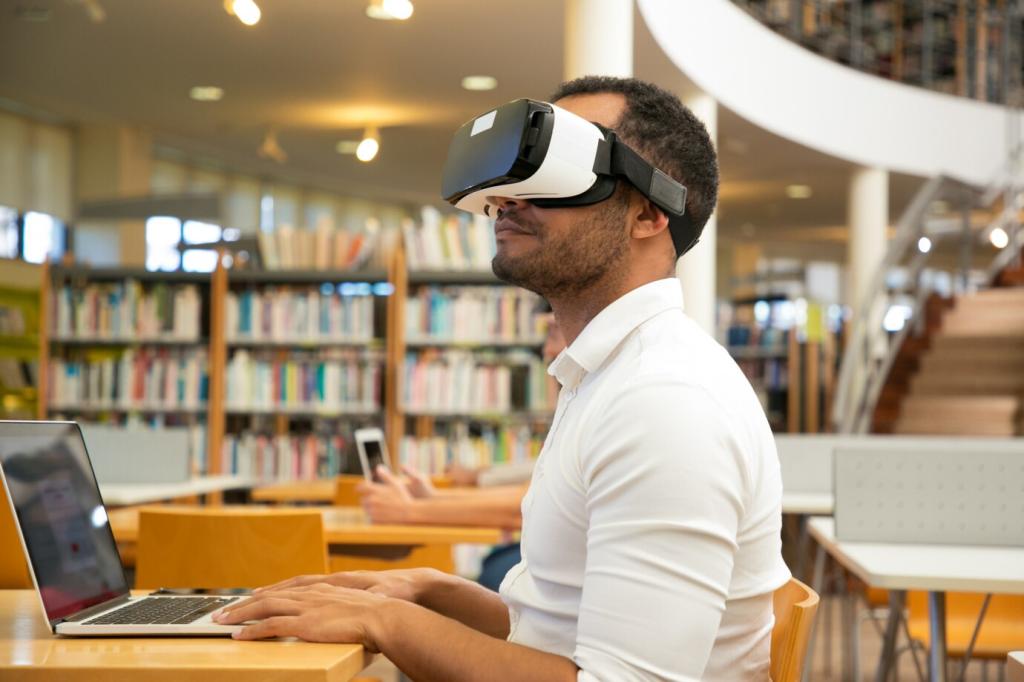Play, Build, and Learn: Innovative Teaching Methods with Robotics for Kids
Chosen theme: Innovative Teaching Methods with Robotics for Kids. Welcome to a classroom where curiosity drives code and cardboard becomes creativity. Dive into strategies, stories, and kid-tested ideas that make robots a joyful engine for deep, lasting learning. Share your thoughts and subscribe for fresh inspiration.

Learning Through Playful Engineering
Start with tangible building blocks before introducing sensors and code. When eight-year-old Ayesha built a wobbly drawing robot, her laughter turned into inquiry about balance, friction, and battery placement—an authentic, child-led pathway to foundational engineering ideas.
Cross-Curricular Integration with Robots
Storytelling with Sensors
Have students author interactive stories where proximity sensors trigger sound effects or character actions. Narratives become programmable scenes, and children revise both plot and code. Ask readers to suggest twist endings, encouraging iterative writing alongside iterative engineering.
Artful Circuits
Mix paint, paper, and conductive tape to design illuminated posters or robot costumes. Kids learn circuits while crafting expressive artifacts. Invite them to post photos of their glowing gallery pieces and share material lists for classmates to replicate at home.
Math in Motion
Use wheel diameter and rotations to estimate distance, then compare predictions to actual travel. Students graph errors and hypothesize causes like slippage or uneven weight. Encourage learners to comment with their best calibration tricks and favorite measurement hacks.
Fostering Collaboration and Empathy
Assign coder, builder, and tester roles that rotate daily. Everyone experiences hardware, software, and quality checks. Include a listener role that summarizes teammates’ ideas, reinforcing respectful dialogue. Invite students to reflect on which role stretched their skills most.


Assessment That Celebrates Process
Collect sketches, test videos, code snapshots, and reflection notes in a living portfolio. Students tag artifacts to learning goals, making progress visible. Encourage families to comment weekly, turning feedback into a supportive conversation rather than a final verdict.
Assessment That Celebrates Process
End sessions with sixty-second prompts: What surprised you? What will you try next? Over time, these tiny reflections map a learning journey. Share your favorite prompts below, and we will compile a reader-sourced reflection deck.
Accessible, Inclusive Robotics for Every Child
Combine recycled materials, craft sticks, rubber bands, and inexpensive motors to lower barriers while boosting imagination. Publish classroom-tested shopping lists and alternatives. Ask readers to share budget-friendly sources and upcycling ideas that keep creativity abundant.
Accessible, Inclusive Robotics for Every Child
Offer large-button controllers, tactile markers, color-contrast labels, and audio cues. Students choose interfaces that match their strengths. Invite families to suggest adaptations, ensuring every child can build, program, and proudly present their robotic creations.
Teacher Readiness and Classroom Culture
Tiny PD Moments
Build five-minute faculty warm-ups: one sensor demo, one troubleshooting tip, one reflective question. Micro-learning keeps momentum without overwhelming schedules. Share your staff’s favorite quick wins so others can borrow and adapt with ease.
Routines That Free Creativity
Establish tool stations, labeled bins, and a daily repair log. Post clear cleanup roles to protect precious build time. Invite students to co-create norms, and ask readers to comment with routines that transformed their maker spaces.
Safe, Brave Spaces
Celebrate missteps with a fail-of-the-day shoutout and a fix-it plan. Model curiosity when something breaks. Encourage kids to respectfully critique ideas, not people. Subscribe for monthly culture builders that keep courage and kindness at the center.

